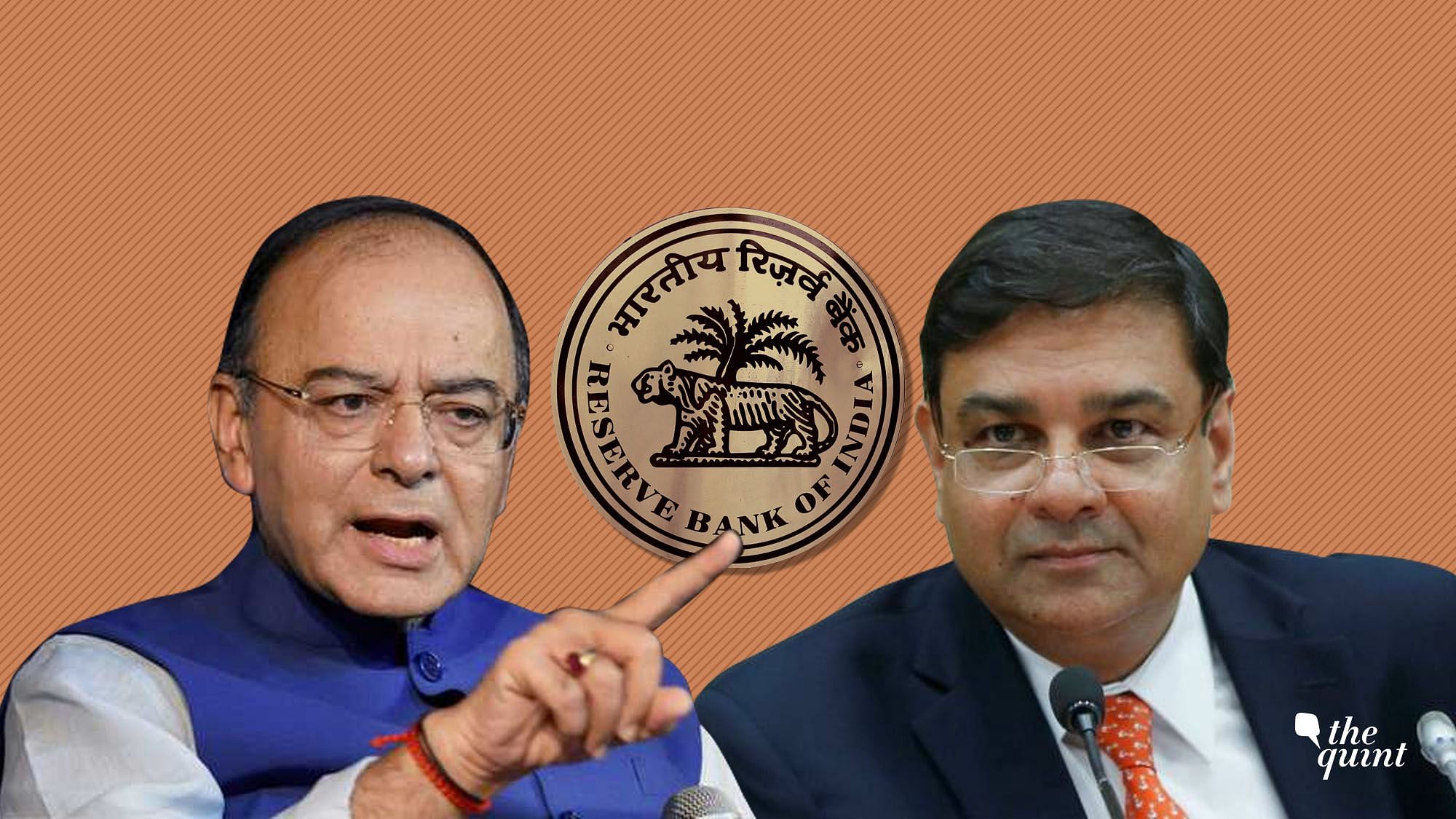Why Govt Asking for Rs 3.6 Lakh Crore From RBI Is Bad Economics
Government has asked for Rs 3.6 lakh crore as surplus transfer from the RBI. The sum may well stretch RBI thin.

The standoff between the Reserve Bank of India (RBI) and the government has, in the last few days, escalated to an extent which is rare, if not unprecedented. While there are more than one bone of contention between the two, at the heart of it lies the government asking for a surplus transfer of Rs 3.6 lakh crore from the central bank and the RBI being in firm opposition to the idea.
WHAT IS SURPLUS TRANSFER
As the term suggests, the process involves the RBI transferring a share of its profits to the central government. In accordance with Section 47 (Allocation of Surplus Profits) of the Reserve Bank of India Act, 1934, RBI transfers the excess of income over expenditure – to the government at the end of each fiscal year.
HOW RBI MAKES PROFIT ANYWAY?
Imagine the situation where you put up in an accommodation where you do not need to pay rent. But at the same time, you have rented out another property of yours, which ensures a steady income.
The RBI has a similar arrangement.
It does not pay interests on the financial assets it buys from the market but earns interest on the domestic and foreign government bonds that it holds. Recently, while speaking at a function, former RBI governor Raghuram Rajan:
WHERE IS THE CONFLICT
The RBI has decided to transfer an amount of Rs 50,000 crore as surplus transfer. The government however, wants it to transfer the entire surplus from the financial year 2017-18 to the government, the Financial Express reported.
WHAT’S RBI’S PROBLEM THEN?
To understand this, let us break down the RBI’s latest balance sheet, made public in June this year. The total assets of the RBI stand at a bit more than Rs 36 lakh crore (Rs 36,17,594 crore).
Now, the central bank needs to take care of expenses like debt, depreciation, salaries etc. out of this, which leaves it with a buffer which is nearly Rs 9.7 lakh crore (Rs 9,69,840 crore).
The government’s demand of Rs 3.6 lakh crore is more than a third of this buffer, which according to an Indian Express report, RBI has denied.
IS THERE MERIT TO RBI’S STAND
Analysts as well as some basic economics suggest, yes. Out of the Rs 9.7 lakh crore that the RBI can shell out, just under Rs 2.55 lakh crore is part of the contingency fund which is allocated to guard against unforeseen losses – and what else, it is stretched more than ideal. Banking and financial markets expert Ananth Narayan, in an article in the Bloomberg says at 7 per cent of the balance sheet, contingency fund is already under the ideal 8-12 per cent target of the RBI.
WHAT ABOUT THE REST OF THE BUFFER?
Apart from the contingency fund, RBI’s buffer includes Rs 6.91 lakh crore in form of currency and gold revaluation. The amount may look like a hefty one, but as one would figure out, gold and currency react to the markets and, thus, this fund is a volatile one.
Moreover, selling gold or currency would also mean a dent in the forex reserve which is already under pressure due to a weak rupee and rising crude oil prices.
WHAT CAN THE RBI POSSIBLY DO THEN?
For now, it seems RBI is not going to budge to the government’s demand of Rs 3.6 lakh crore. But if it eventually has to, it would mean exhausting the contingency fund completely and further eating into the gold and currency assets.
If that seems outrageous, there lies just one way out. Raghuram Rajan put it succinctly:
Now, printing more money is a different devil altogether and has its own set of repercussions. To put it simply, minting notes leads to spike in inflation and well, the government’s primary mandate to the RBI is to keep inflation in check.
(At The Quint, we are answerable only to our audience. Play an active role in shaping our journalism by becoming a member. Because the truth is worth it.)